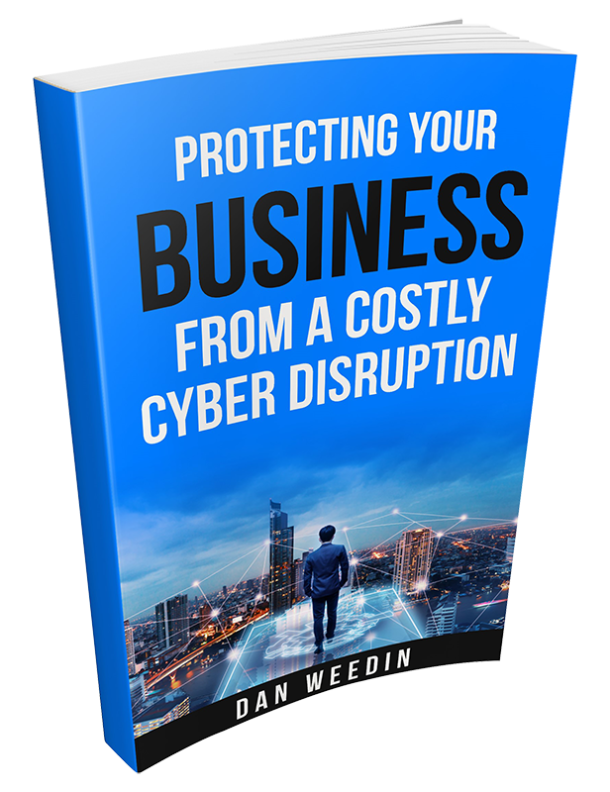 This is my monthly column for the Kitsap Sun / Kitsap Business Journal. It’s Part 2 of a 3-part series but will stand alone in it’s value to you. Enjoy!
This is my monthly column for the Kitsap Sun / Kitsap Business Journal. It’s Part 2 of a 3-part series but will stand alone in it’s value to you. Enjoy!
Last month’s column unveiled Part 1 of creating a strategic growth plan with eschewing the traditional business plan model and focusing on a strategic marketing plan. This month, we dive into a topic that most business owners and entrepreneurs should care a lot about – profits. A strategic growth plan better include profitable growth or you’re just messing around.
There are three components in my strategic growth plan — marketing, protection and financial. This column will cover protection, with the final one to follow next month.
Let’s face it; talking about growing profits is a sexier topic than protecting them, right? The problem is that there are so many monsters out there ready and willing to devour those profits that you need to build a fence around them.
I hate the phrase “risk management.” To me, it implies that “risk” is a bad thing. Without a healthy dose of risk, there are no rewards. Risk is simply a function of your tolerance for it. As an entrepreneur, you need a lot. That’s why I suggest you need to be resilient. My personal definition of resilience is this – the ability to take a punch; jump back up and throw two more of your own. Heck, as a business owner, this may be a daily discipline!
The “burden of reactive chaos” is a state where you’re constantly putting out the proverbial “fire” at the office. Instead of having a plan of attack to deal proactively with chaos, you’re seen constantly running around stamping out those flames with the same vigor and angst as kids hitting a Whack-a-Mole at a carnival. You are reacting to outside crisis and allowing that effort to exhaust your time, your energy, and your mindset. Left unchecked, you’ll find your profits dwindling because you and your employees are working less effectively, while also leaving gaps for those profit monsters to eat at your bottom line.
In order to avoid the “burden of reactive chaos,” you need to have a strategic resilience plan. Have no fear. I’m about to tell you how to get started with one!
How to Create a strategic resilience plan:
— Commit to investing time and money for the protection of your profits and sanity. This is the same concept as preparing your house for a disaster (which I’m certain you all have done). If you as the boss don’t commit to this investment, then who will? That’s right, nobody. Consider your ROI gobs of discretionary time, dramatically improved performance, and happier employees.
— Identify the monsters. What are the most probable obstacles to being wildly successful? The answers are bunched into four categories: physical (e.g. fire); human resources (e.g. employee issues); liability (e.g. negligence to someone else); and loss of income (e.g. brand/reputation). You can’t plan or prevent without identifying what can hurt you. This is the most important step.
— Assess the threats. Are these “monsters” lying in wait under the bed, or almost non-existent? Based on your industry, geography, and best practices, you can determine the likelihood of the chaos. You can also guess how bad it might be (e.g. lost days versus lost weeks). You can build a plan around certain calamities or create a “plug and play” model.
— Write it up. Once you’ve got a plan, write it down and share it with everyone. Create a committee or task force in charge of implementation. Make sure that everyone knows what to do in case of an emergence, especially how to evacuate. If it’s not written, it won’t be followed and your work will have gone to waste.
Practice. When I coached basketball, we would drill daily on end of game situations so we would be prepared when it happened. You need to do the same thing. Ask yourself how many employees can actually use one of the many fire extinguishers in your building. If there is no confidence in carrying out a plan, then reactive chaos flourishes and eats away at your profits like a hungry dog on a bone.
— Build a team. There are plenty of experts out there that can help you. Insurance brokers, consultants, technology specialists and more should be part of your team. Once a year, bring everyone together and brainstorm. Your resilience program needs to be nimble. Things change all the time, and your plan needs to be ready for that.
Patience. This isn’t the most fun thing you will do in your business, but it may be the most important. The main reason smart people let this slide is because they get impatient and allow it to not be a priority. In this case, patience isn’t only a virtue; it might save your business.
There are three key factors that keep otherwise savvy entrepreneurs from getting out of the “burden of reactive chaos.” They are apathy, complacency, and arrogance. They think it will never happen to them, they’ve done all they can, or (worst) they will figure it out when it happens. Don’t be that guy or gal. Too many people need you to be profitable and open for business – your employees and their families, your clients and customers, your key vendors and partners, and your community. Invest your time in slaying those profit monsters, escape the burden of reactive chaos, and stay constantly in the pink (or in this case, the black!).
Next month: Strategic Growth Plan #3: Financial Fitness
Dan Weedin is a strategist, speaker, author and executive coach. He helps small business and middle market business leaders and entrepreneurs to grow more profitably and create a better life. He was inducted into the Million Dollar Consultant™ Hall of Fame in 2012. Contact Dan at 360-697-1058, [email protected] or visit his web site at www.DanWeedin.com.
© 2017 Toro Consulting, Inc. All Rights Reserved

